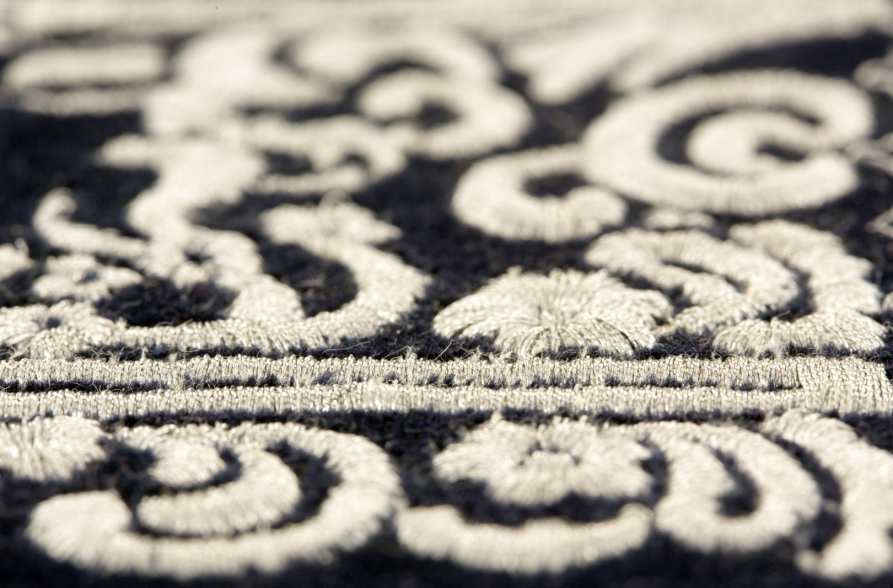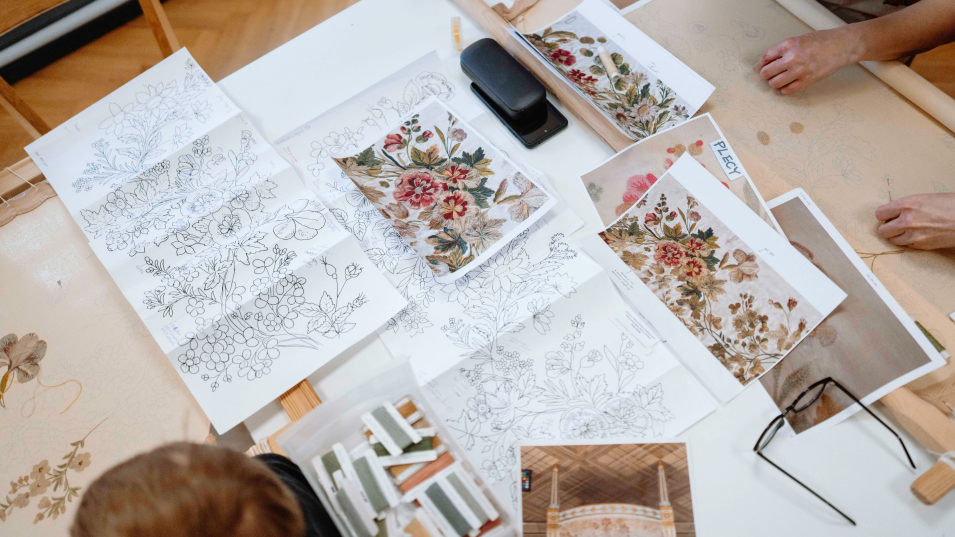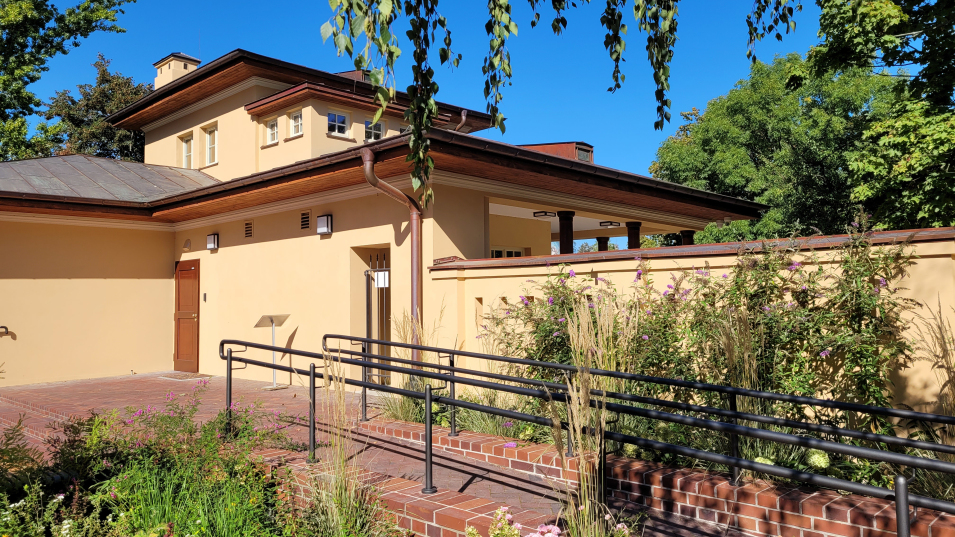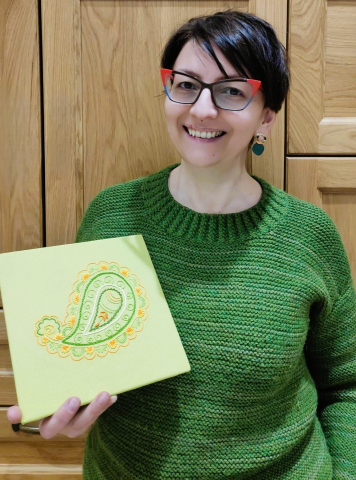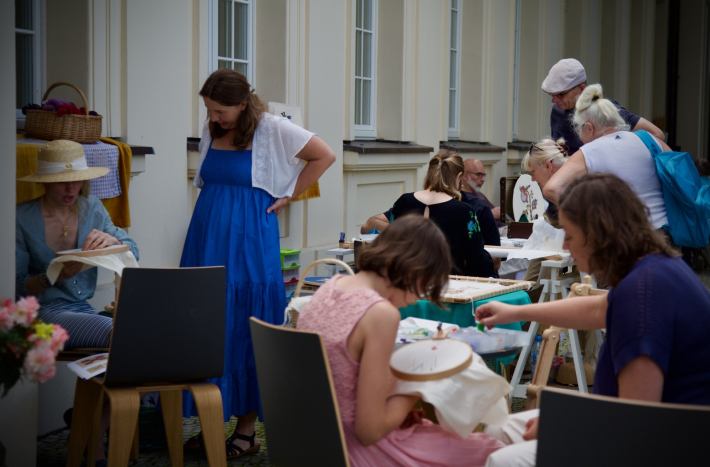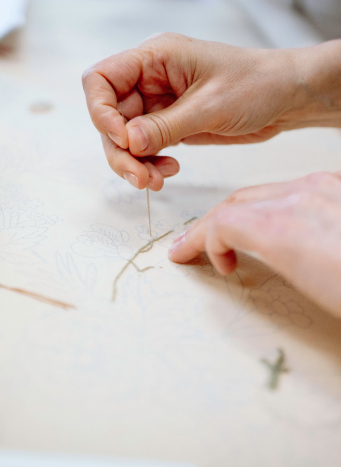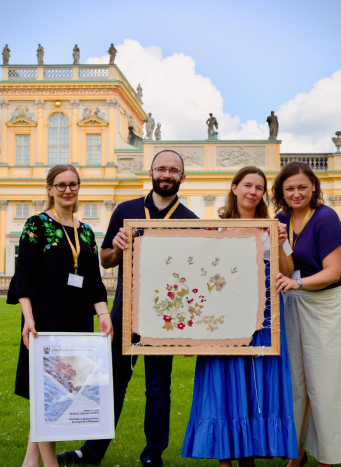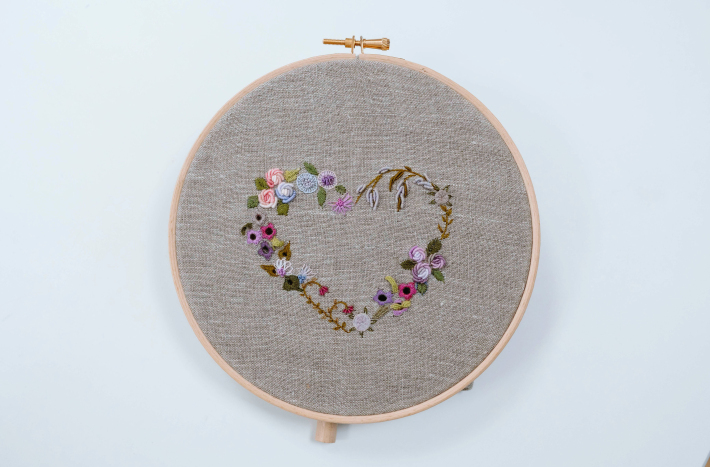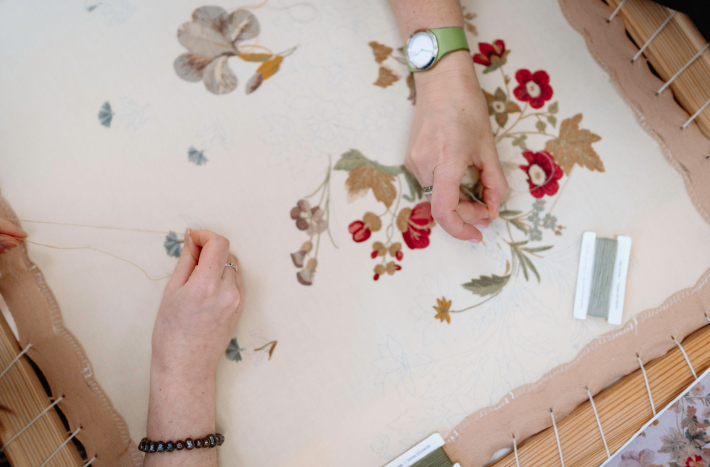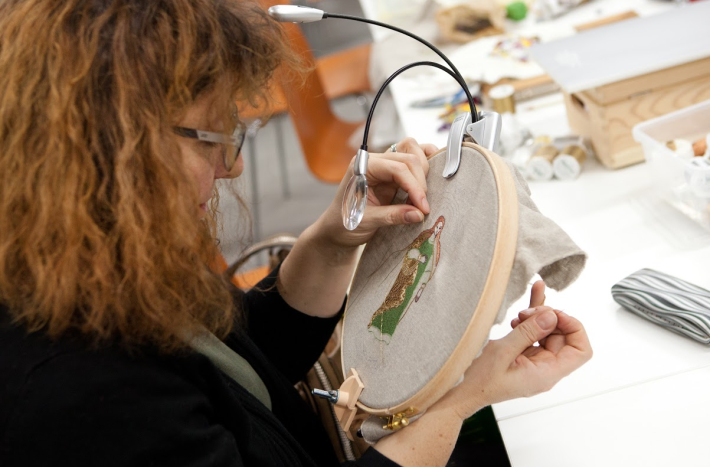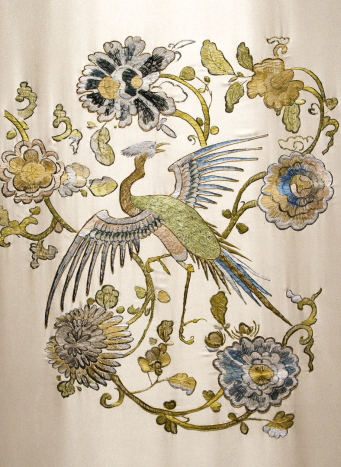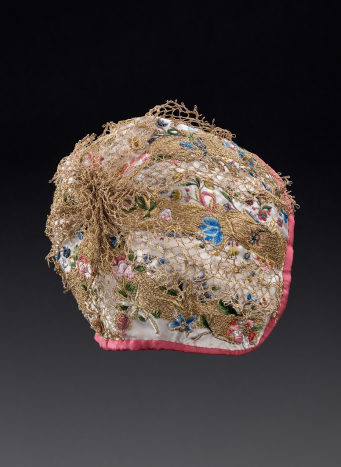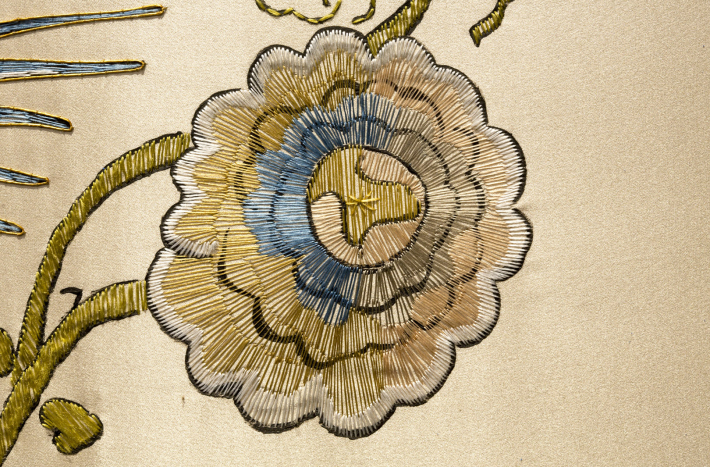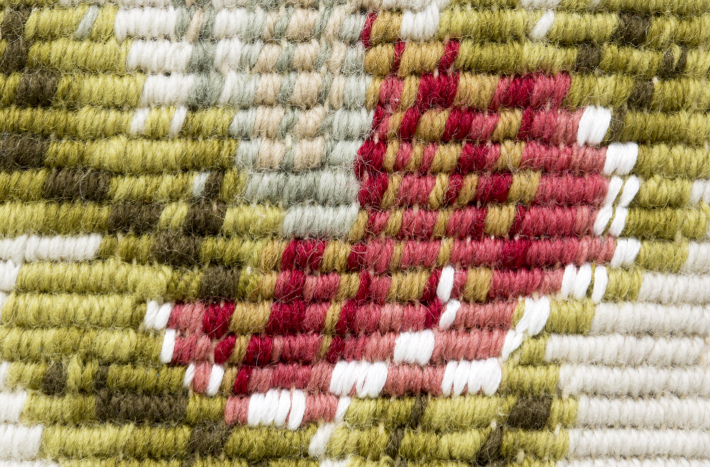About the Club
There are quite a few of us, and we are united by passion, a passion for an old craft, for discovering
its secrets, and for learning. We study different materials such as silks, wool, linen, velvets, satins,
and recreate old patterns while at the same time allowing ourselves a little fantasy, a creative
approach, and experimentation. The scope of our works extends from reconstruction and historical
embroidery to joyful little things that beautify our surroundings.
Our monthly meetings are a time for focused work, which is nonetheless full of discussions and
conversations, exchange of experience, learning new embroidery stitches and tricks, gradually
becoming acquainted with the aesthetics of specific eras in the history of embroidery. Above all, we
motivate each other. We invite guests – enthusiasts and specialists who allow us to expand our
knowledge and infect with enthusiasm. Nowadays, when everything happens in a rush, and so many
things involve only a TV or computer screen, the Club gives us space and allows us to immerse
ourselves in the patient work of embroidery. We collect beautiful patterns and gradually work on
them. And quite simply, we help each other, share with each other, and create a small community.
From a passion for embroidery
The Embroidery Club was created for people who are fascinated by embroidery techniques, and who
are looking for a space to develop their passion. Participants have the opportunity to meet experts
who deal with embroidery on a daily basis – art historians, conservators, and artists associated with
this craft. Their stories are a source of inspiration, knowledge, practical guidance and – very
importantly – they can motivate participants to learn and sharpen their skills. We also embrace the
challenges of reconstructing historical embroidery.
During the year, in consultation with the Textile Conservation Workshop, we carry out
reconstruction work for the Museum. We work together to ensure that the effects of reproducing
historical embroidery patterns are as faithful as possible to their historical prototype.
Practical information
Venue: the Lanci House
Dates of meetings: usually on the second-to-last Sunday of the month
About the group leader
Contact
The Club is managed by:
Nela Kokoszka
e-mail: nkokoszka@muzeum-wilanow.pl
Detailed information and registration for meetings:
klubhaftu@muzeum-wilanow.pl
tel.: 22 544 28 38
Completed Club projects
Since 2022, Club members have been working to restore damaged embroidery from a chair dating
back to the late 18th century which is part of a set of furniture exhibited in the White Bedroom of
Wilanów Palace. It is embroidered with woolen thread on cotton.
2019 – Club members completed work on a bonnet presented at an exhibition of reconstructions of
children's clothes from the 17th to the 19th centuries. The cap was made by: Izabela Brańska-Oleksy, Magdalena Calikowska, Anna Czeczotko, Maria Golińska, Monika Osowska, Ewa Rdzanek, Joanna Ruban, and Dorota Wrońska.
2018 – Club members worked on the reconstruction of a children's bonnet from the 18th century,
the original of which is in the National Museum in Warsaw. The bonnet is made of satin silk,
embroidered with metal and silk threads, decorated with gold bobbin lace.
2017 – the work of the Embroidery Club was presented at the Wilanów Atelier exhibition. It took a
year of preparation for us to be able to show a copy of a fragment of Marysieńka's quilt, which can
be seen in the original in the Open Storage Gallery. In addition, there were also armrests from an
armchair located in the Paintings Gallery called the “Museum,”, also known as the Crimson Room, and a pattern from the justacorps, or long coat of Prince Jakub recreated by the Club in 2016. All this is the result of the hard work of the following ladies: Izabela Brańska-Oleksy, Magdalena Calikowska, Anna Czeczotko, Magdalena Kawecka, Joanna Ruban, Monika Osowska, Elżbieta Ruta, Anna Wojciechowicz-Susfał, and Dorota Wrońska, acting under the leadership of Ewa Rdzanek.
2016 – The Club worked on the reconstruction of embroidery based on a portrait of Prince Jakub in
the Wilanów collection. The resulting piece is a collective work. The material was passed between
the members of the Club so that each of the participants could create a part of the theme. It took
the group approximately three months to complete the entire embroidery. The work could be seen
in the Museum as part of the post-competition exhibition "Clothes at the Court of King Jan III".
